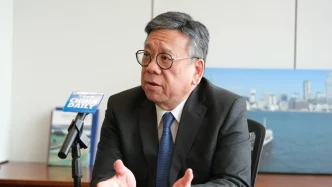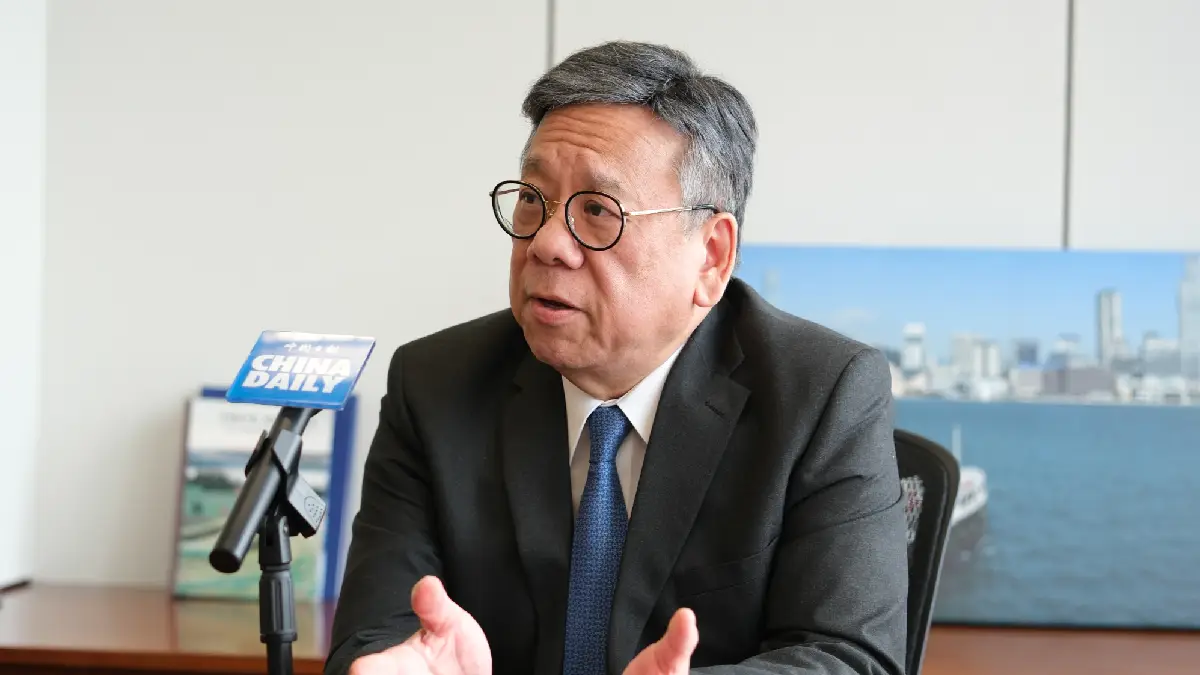Hong Kong is intensifying efforts to broaden its global trade and business connections, seeking new partnerships while reinforcing bonds with traditional allies. As geopolitical tensions and trade uncertainties—particularly driven by US policies such as reciprocal tariffs—continue to challenge international markets, the special administrative region (SAR) is strategically positioning itself as a resilient hub for commerce. A key part of this strategy includes the planned opening of a new Economic and Trade Office (ETO) in Malaysia by the end of 2025, marking its fourth in Southeast Asia.
Strengthening Ties with ASEAN and Beyond
The new ETO in Malaysia follows existing offices in Singapore, Thailand, and Indonesia, underscoring Hong Kong’s deepening engagement with the Association of Southeast Asian Nations (ASEAN). ASEAN stands as Hong Kong’s second-largest supplier of goods, surpassed only by the Chinese mainland. Algernon Yau Ying-wah, Hong Kong’s Secretary for Commerce and Economic Development, emphasized the SAR’s commitment to expanding exchanges with the region during an exclusive interview with a prominent news outlet. He noted that the establishment of the Malaysian office is progressing smoothly, reflecting a broader ambition to tap into emerging markets across Southeast Asia.
Hong Kong currently operates 14 ETOs worldwide, spanning the Asia-Pacific, Europe, the Middle East, and North America. These offices play a critical role in promoting the city’s economic interests and supporting overseas businesses looking to establish or grow their presence in Hong Kong. Beyond Southeast Asia, Yau revealed ongoing discussions with Saudi Arabia to open a second ETO in the Middle East, building on the success of the first office in Dubai, launched four years ago. Additionally, the SAR is exploring opportunities in Latin America, leveraging existing free trade agreements with Chile and Peru—the latter signed in November 2024—as well as eyeing potential expansions into Central and Eastern Europe and Central Asia, including countries like Hungary, Georgia, and Kazakhstan.
“We are expanding our trade network, not limited to the Western countries” Yau stated, highlighting Hong Kong’s proactive approach to diversifying its economic partnerships. This strategy comes at a time when global trade dynamics are increasingly complex, with geopolitical uncertainties prompting businesses to reassess their operational bases and supply chains.
Navigating US-China Trade Tensions
One of the most pressing challenges facing Hong Kong is the ongoing trade friction between the United States and China. While Yau acknowledged that the direct impact of these tensions on Hong Kong is relatively limited—exports to the US account for just 0.1 percent of the city’s total export value—he cautioned that indirect effects through re-exports, a significant component of Hong Kong’s trade, cannot be overlooked. “It is not an easy game” he admitted, pointing to the broader ripple effects of disrupted global supply chains.
Nevertheless, Hong Kong businesses have shown adaptability, with many diversifying their markets, shifting manufacturing bases, and exploring alternative supply chains to mitigate risks. Yau emphasized that the city is actively seeking new opportunities overseas to offset potential fallout from US-China trade disputes. This includes strengthening ties with long-standing Western partners like the European Union, where 1,640 companies currently operate in Hong Kong, as well as fostering connections in emerging regions.
A recent visit to France in mid-June 2025, aimed at deepening collaboration in sectors such as wine and aircraft manufacturing, underscored Hong Kong’s intent to bolster existing relationships while exploring new avenues. “We cannot stay there without improving” Yau remarked, stressing the importance of continuous growth and adaptation in an evolving global landscape.
A Gateway to the Greater Bay Area
Despite international challenges, Hong Kong’s appeal as a business hub remains strong, partly due to its status as a free port with no tariffs. Yau highlighted that many international businesses view the city as a gateway to the Guangdong-Hong Kong-Macao Greater Bay Area (GBA), a massive economic zone with a population of 86 million and an output of approximately 14 trillion yuan (~US$1.95 trillion). This region presents significant opportunities for investors and companies seeking access to one of the world’s most dynamic markets.
“Even though the international environment is quite challenging, they are seeing opportunities in this part of the world, and that’s why there are more people coming over to Hong Kong for investment and doing business” Yau observed. His comments reflect a growing confidence among global enterprises in Hong Kong’s role as a conduit to the vast economic potential of the GBA and beyond.
Yau’s insights are informed by a series of economic and trade missions over recent months, during which he visited around 10 destinations to promote Hong Kong’s advantages. These trips included engagements on the Chinese mainland, in France, and a delegation to Qatar and Kuwait led by Hong Kong Chief Executive John Lee Ka-chiu in May 2025. Interactions with local officials and business leaders during these visits revealed a consistent theme: while geopolitical uncertainties create hesitation, Hong Kong’s strategic positioning and business-friendly environment continue to attract interest.
Strategic Diversification in a Turbulent World
Hong Kong’s push to diversify its trade network is not merely a reaction to current challenges but a forward-looking strategy to ensure long-term economic stability. By establishing new ETOs and exploring untapped markets, the SAR aims to reduce reliance on traditional trade partners and build resilience against global uncertainties. The focus on regions like ASEAN, the Middle East, Latin America, and Central Asia reflects a nuanced understanding of shifting economic currents and the need to adapt swiftly.
The planned ETO in Malaysia, for instance, is a testament to Hong Kong’s recognition of Southeast Asia’s growing economic clout. ASEAN’s role as a key supplier and trade partner offers a buffer against disruptions in other markets, while also providing access to a region with significant growth potential. Similarly, the prospective office in Saudi Arabia signals an intent to deepen ties with the Middle East, a region increasingly central to global trade and energy dynamics.
At the same time, Hong Kong is not neglecting its established relationships. The SAR’s engagement with Europe, exemplified by Yau’s visit to France, demonstrates a commitment to maintaining strong economic ties with Western partners. This dual approach—nurturing existing alliances while forging new ones—positions Hong Kong as a versatile player in the global trade arena, capable of navigating both opportunities and obstacles with agility.
Looking Ahead: Challenges and Opportunities
As Hong Kong charts its course through a turbulent global trade environment, the road ahead is fraught with both challenges and opportunities. The indirect effects of US-China trade tensions, coupled with broader geopolitical uncertainties, require the SAR to remain vigilant and adaptable. Yet, its unique advantages—strategic location, free port status, and proximity to the GBA—provide a solid foundation for sustained growth.
The expansion of Hong Kong’s ETO network is a critical component of this strategy, enabling the city to build bridges with diverse regions and markets. Whether through new offices in Malaysia and Saudi Arabia or exploratory efforts in Latin America and Central Asia, Hong Kong is laying the groundwork for a more interconnected and resilient economic future.
As these initiatives unfold, the question remains: can Hong Kong maintain its status as a global business hub amid shifting trade winds? The answer will depend on its ability to balance diversification with stability, leveraging both its historical strengths and newfound partnerships to weather the uncertainties of the international landscape.















